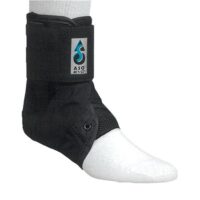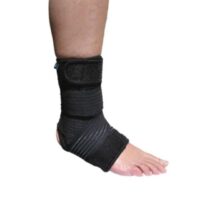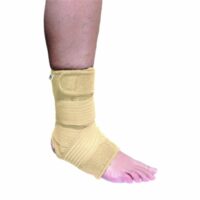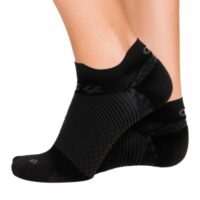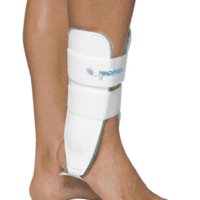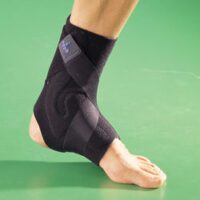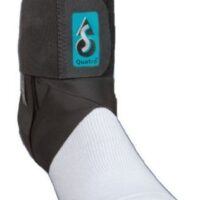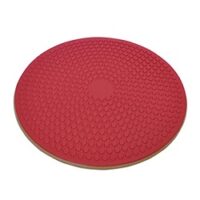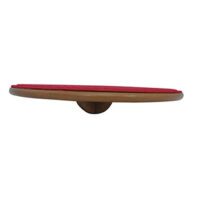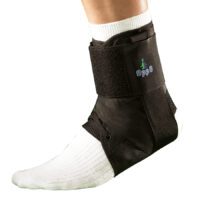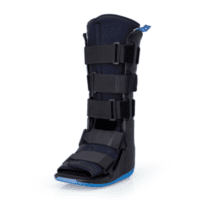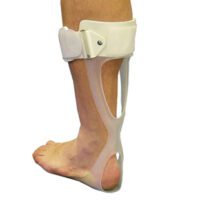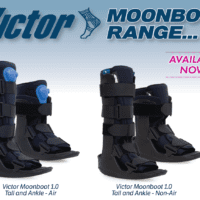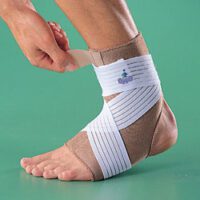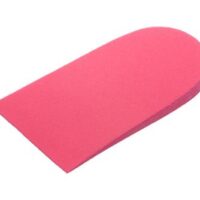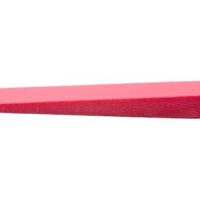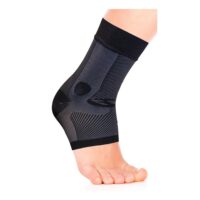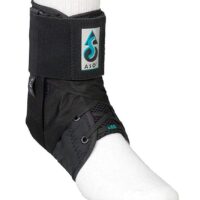Ankle Ligament Injuries: A Physiotherapist’s Guide
Ankle injuries are common, especially among athletes and active individuals. Understanding the anatomy and function of ankle ligaments is crucial for effective treatment and prevention.

Ankle Anatomy 101
The ankle, or talocrural joint, is a complex structure formed by the tibia, fibula, and talus bones. Below it lies the subtalar joint, connecting the talus to the calcaneus. These joints are crucial for movement and stability.
Ligaments of the Ankle
Ligaments are fibrous tissues connecting bones, providing joint stability. The ankle has several key ligaments:
- Lateral Ligaments: These include the anterior talofibular, calcaneofibular, and posterior talofibular ligaments. They are prone to injury, especially during a lower ankle sprain.
- Medial Ligament: The deltoid ligament, stronger and less commonly injured.
- High Ankle Ligaments: The inferior tibiofibular ligament and syndesmosis, often involved in high ankle sprains.
Common Injuries and Misdiagnosis
Ankle sprains, particularly of the lateral ligaments, are frequent. High ankle sprains, involving the inferior tibiofibular ligament, are more severe and often misdiagnosed.
Latest Research
Recent studies emphasise accurate diagnosis and tailored rehabilitation for ankle sprains. Misdiagnosis can lead to chronic instability and pain.
Physiotherapy Treatment
A physiotherapist will assess and treat ankle injuries with a personalised approach. This may include exercises, manual therapy, and advice on prevention.
Conclusion
Understanding your ankle ligaments and their common injuries is essential. Accurate diagnosis and effective treatment are key to recovery.
What to Do?
If you suspect an ankle injury, seek advice from a physiotherapist. They will guide you through recovery and prevention strategies.
For more information, visit PhysioWorks.



